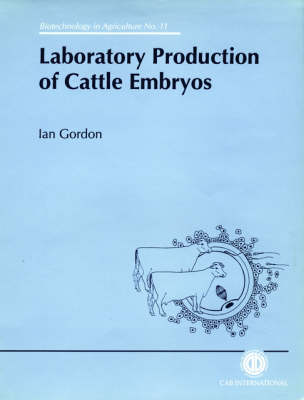Biotechnology in Agriculture
1 primary work
Book 11
This text is devoted to technologies which are still developing but which are likely to take over from artificial insemination as the farmer's main tool to produce large numbers of high quality calves. Cattle oocyte recovery, in vitro fertilization and embryo transfer, as introduced from 1970 onwards, have enabled cows to produce calves of a genetic quality and composition quite unlike that of the surrogate mother herself. They also enable cows, under suitable conditions, to produce two calves rather than one. Based on a review of the literature, this book sets out current knowledge of the laboratory production of cattle embryos and the way in which such embryos might be used in commercial application and research. It is shown that the processes may be the starting point for many other developments in cattle breeding, and in future be applied to other farm animals and also humans. The book, written by one of the world's leading authorities on the subject, should be a useful reference work for libraries in the animal and veterinary sciences and those in the academic and commercial sectors concerned with animal breeding, reproduction and biotechnology.
